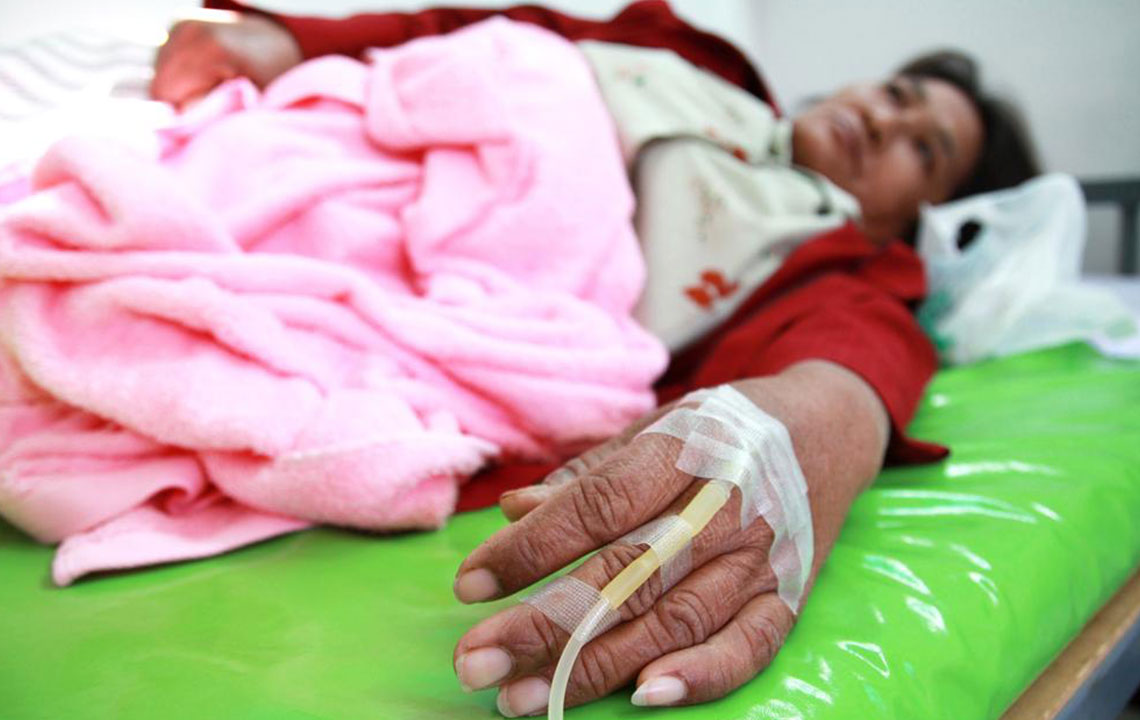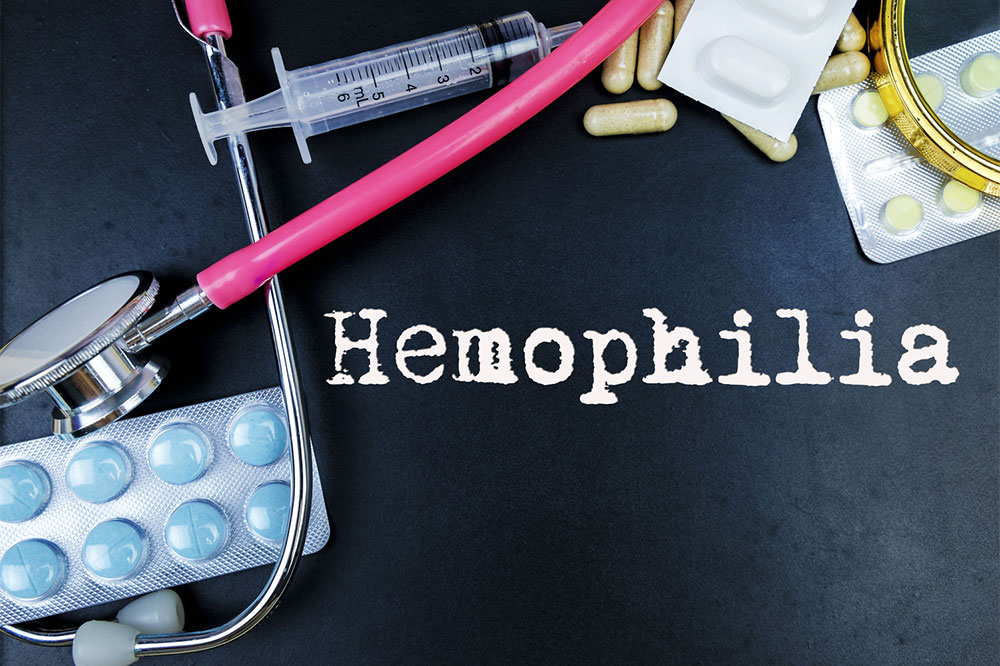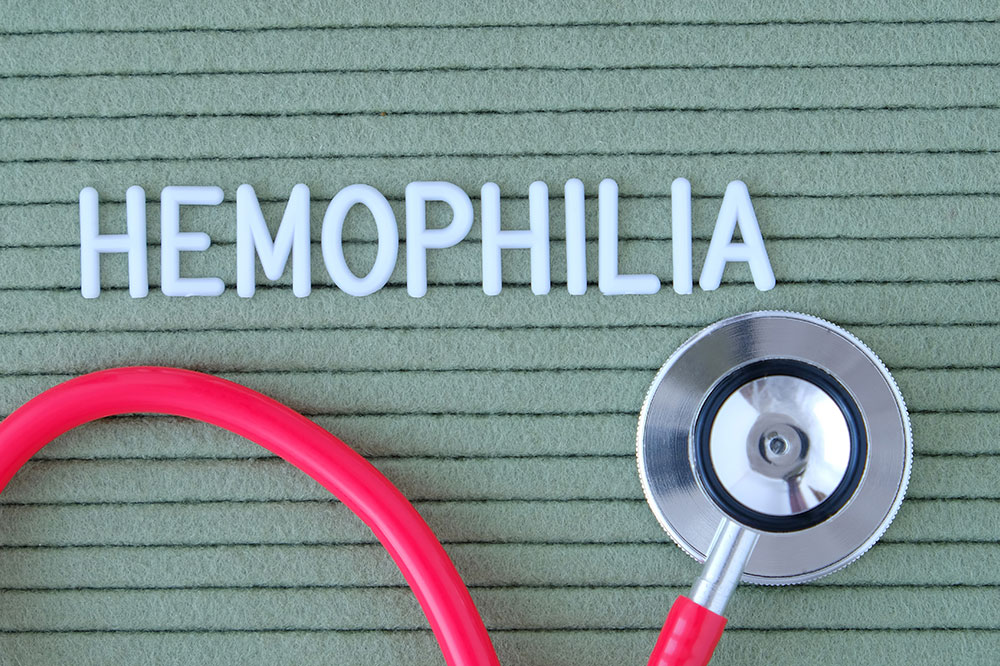Comprehensive Guide to Hemophilia: Causes, Diagnosis, and Advanced Management Strategies
Hemophilia is a genetic blood disorder affecting clotting, leading to prolonged bleeding. This comprehensive guide covers causes, diagnosis, symptoms, treatment options including replacement and prophylactic therapies, and preventive measures. Early detection and personalized treatment are crucial for managing hemophilia effectively. Advances in therapies have significantly improved quality of life for patients, emphasizing the importance of awareness and consistent medical care. Learn how to identify symptoms, seek prompt medical attention, and adopt lifestyle strategies to reduce bleeding risks. This article provides valuable insights for patients, caregivers, and healthcare professionals.

Comprehensive Guide to Hemophilia: Causes, Diagnosis, and Advanced Management Strategies
Understanding Hemophilia: An In-Depth Exploration of Causes, Diagnosis, and Treatment Options
Hemophilia is a rare but significant genetic disorder characterized by the blood's impaired ability to form clots effectively. This condition results from a deficiency or absence of specific clotting factors, which are essential proteins in the coagulation process. Normally, when injury occurs, the body initiates a complex cascade involving platelets and clotting factors working synergistically to create a stable clot that halts bleeding. In individuals with hemophilia, this process is disrupted, leading to prolonged bleeding episodes that can be life-threatening if not managed properly.
Globally, hemophilia affects approximately 20,000 people, with varying severity levels. Diagnosis often involves detailed medical history evaluation, physical examinations, and specific blood tests. Blood analysis measures the levels of clotting factors, which are classified into three categories: mild (5-40%), moderate (1-5%), or severe (<1%). The classification helps guide treatment strategies and predict bleeding risks. Early diagnosis and intervention are crucial to prevent complications and improve quality of life for affected individuals.
Signs and Symptoms That Demand Urgent Medical Attention
Recognizing the signs of severe bleeding episodes or complications related to hemophilia is vital. Symptoms such as severe headaches, persistent vomiting, neck pain, visual disturbances, excessive drowsiness, or uncontrollable bleeding from injuries require immediate medical intervention. Pregnant women experiencing symptoms like abnormal bleeding or unusual pain should seek urgent care to manage potential complications effectively.
Current Treatment Modalities and Innovative Therapies for Hemophilia
Replacement therapy: This primary treatment involves infusing missing clotting factors into the bloodstream to restore normal clotting function. These can be obtained from human plasma or manufactured synthetically through recombinant technology, which significantly reduces the risk of transmitting infections such as HIV or hepatitis.
Prophylactic treatment: Regular administration of clotting factors to prevent bleeding episodes is particularly recommended for individuals with severe Hemophilia A. This approach helps maintain stable clotting levels and minimizes joint damage and other complications caused by recurring bleeds.
Demand therapy: Also known as on-demand treatment, this approach involves administering clotting factors during active bleeding episodes or before invasive procedures to control bleeding and prevent further injury.
Additional supportive therapies: Medications like anti-fibrinolytics (e.g., tranexamic acid) help to stabilize existing blood clots and prevent excessive breakdown. Topical agents such as fibrin sealants are used during surgeries or wound management to aid healing. Vaccinating hemophilia patients against hepatitis A and B is also an essential preventive step, considering their increased vulnerability to blood-borne infections.
Preventive Measures and Lifestyle Adjustments for Hemophilia Management
Although a cure for hemophilia remains elusive, several proactive strategies can reduce bleeding risks and help maintain joint health. Regular physical activity tailored to individual capacity strengthens muscles and supports joint stability. Avoiding medications that thin the blood, such as aspirin and NSAIDs, is crucial to prevent unnecessary bleeding. Maintaining excellent dental hygiene reduces the risk of oral bleeding, especially important in managing hemophilia. For those with severe forms, receiving regular prophylactic clotting factor injections significantly decreases the frequency and severity of bleeding episodes. Moreover, education about injury prevention, prompt management of bleeds, and routine health check-ups are essential components of comprehensive hemophilia care.
In summary, hemophilia is a complex genetic disorder that demands ongoing medical supervision and personalized treatment plans. Advances in biomedical research continue to improve management options, helping affected individuals lead longer and healthier lives. Awareness, early diagnosis, and adherence to treatment protocols are key to minimizing the disease's impact. With proper care, individuals with hemophilia can enjoy active lifestyles, minimal complications, and improved quality of life.





